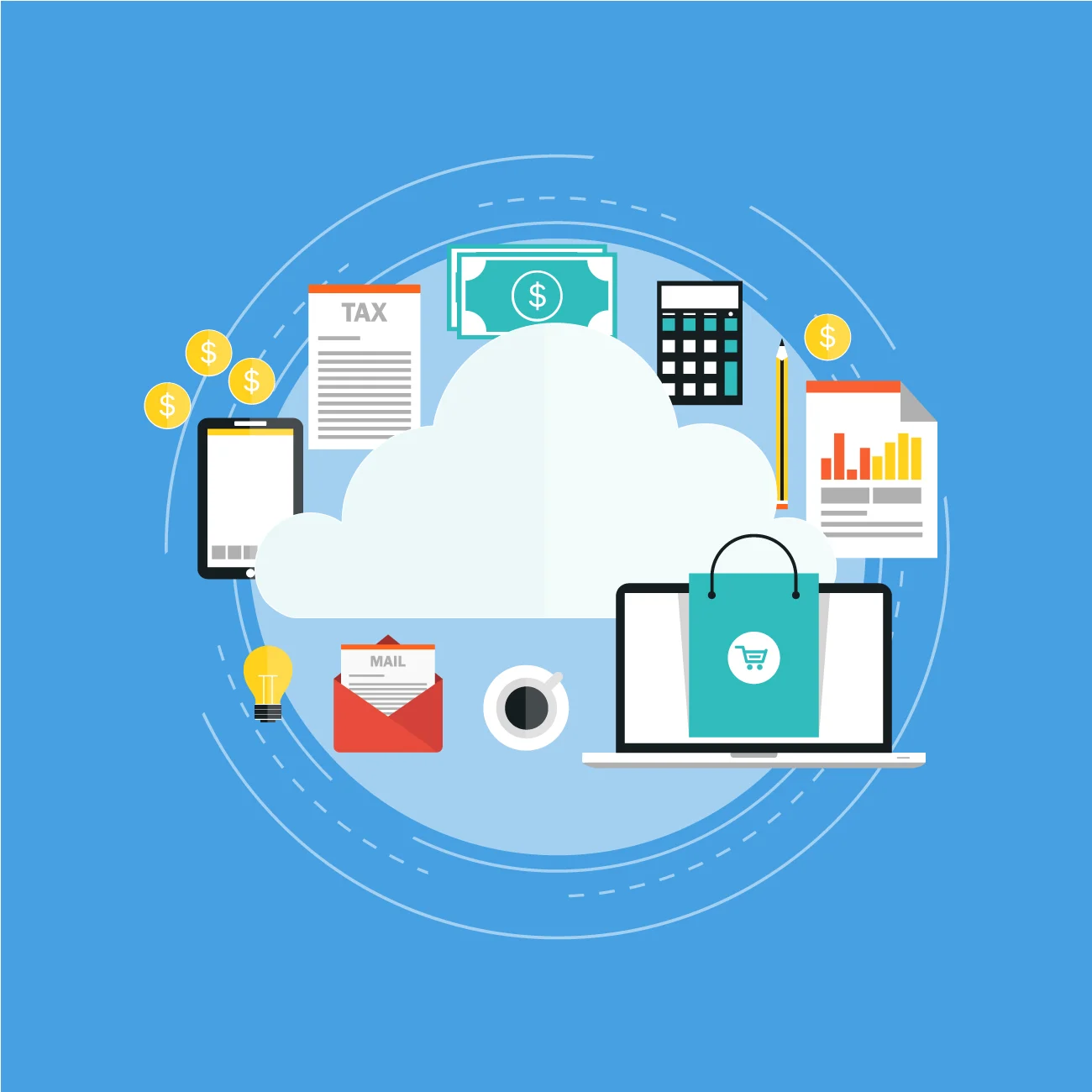For any founders, code is expensive—but guesses are even costlier. Prototyping lets you test your vision before risking your runway.
According to the UX Collective, 70% of startups fail due to a lack of user validation and one of the biggest contributors is skipping the prototyping phase. A McKinsey report also found that companies that prioritized design outperformed their peers by up to 228% in revenue growth.
So before diving into development, founders must visualize, test, and iterate through prototypes to save time, money, and heartbreak.
What Is Prototyping and Why It Matters
Prototyping is the process of building a visual, clickable version of your product idea before building the actual product.
It helps you:
- Communicate your vision clearly to designers, developers, and investors
- Gather feedback from users early on
- Avoid scope creep and overbuilding
- Align your team on UX flow, features, and layout
Five Key Reasons to Prototype First
1. You Save Time & Money
Prototyping helps you spot UX issues, feature bloat, and user confusion before any development begins, saving you expensive rework.
2. You Get Real User Feedback
With a clickable prototype, you can run usability tests with real users to understand whether your idea works in practice, not just in your head.
3. You Define the Scope with Confidence
Instead of building blindly, prototypes help define what the MVP should (and shouldn’t) include. You can scope features based on actual feedback.
4. You Help Developers Work Smarter
A detailed prototype acts as a blueprint for developers, reducing guesswork and endless back-and-forth on design or flow decisions.
5. You Impress Investors and Stakeholders
A prototype shows traction and clarity proves you’re serious. Many angels and accelerators prefer to see a prototype before investing.
Best Free Tools for Prototyping (2025)
| Tool | Use Case | URL |
| Figma | High-fidelity UI design & prototyping | https://figma.com |
| Penpot | Open-source prototyping | https://penpot.app |
| Marvel | Easy-to-use prototyping & user testing | https://marvelapp.com |
| Framer | Interactive, code-free prototypes | https://framer.com |
| Tldraw | Low-fidelity whiteboarding | https://www.tldraw.com |
Bonus Tip: Build a Design System Early
Even at MVP stage, having basic consistency (buttons, colors, text styles) across your prototype ensures a clean, professional feel and smoother handoff to developers.
You can use tools like:
Conclusion: Build Smart, Not Blind
Prototyping is the smartest first step in building a product that actually works. It’s how you test real user journeys, uncover blind spots, define your scope, and communicate your vision. Your prototype is not just a design it’s a conversation starter, a validation tool, and a roadmap. Don’t skip it. Founders who prioritize prototyping are the ones who build products people actually want.
FAQ
Prototyping helps validate ideas early, identify usability issues, and gain investor or stakeholder buy-in—saving time and money before development begins.
Not at all. With free tools like Figma, Marvel, or Canva Whiteboards, even non-designers can create interactive, user-focused prototypes.
It allows you to test assumptions directly with users and iterate based on feedback—making it more likely that you’ll build something your market actually needs.




